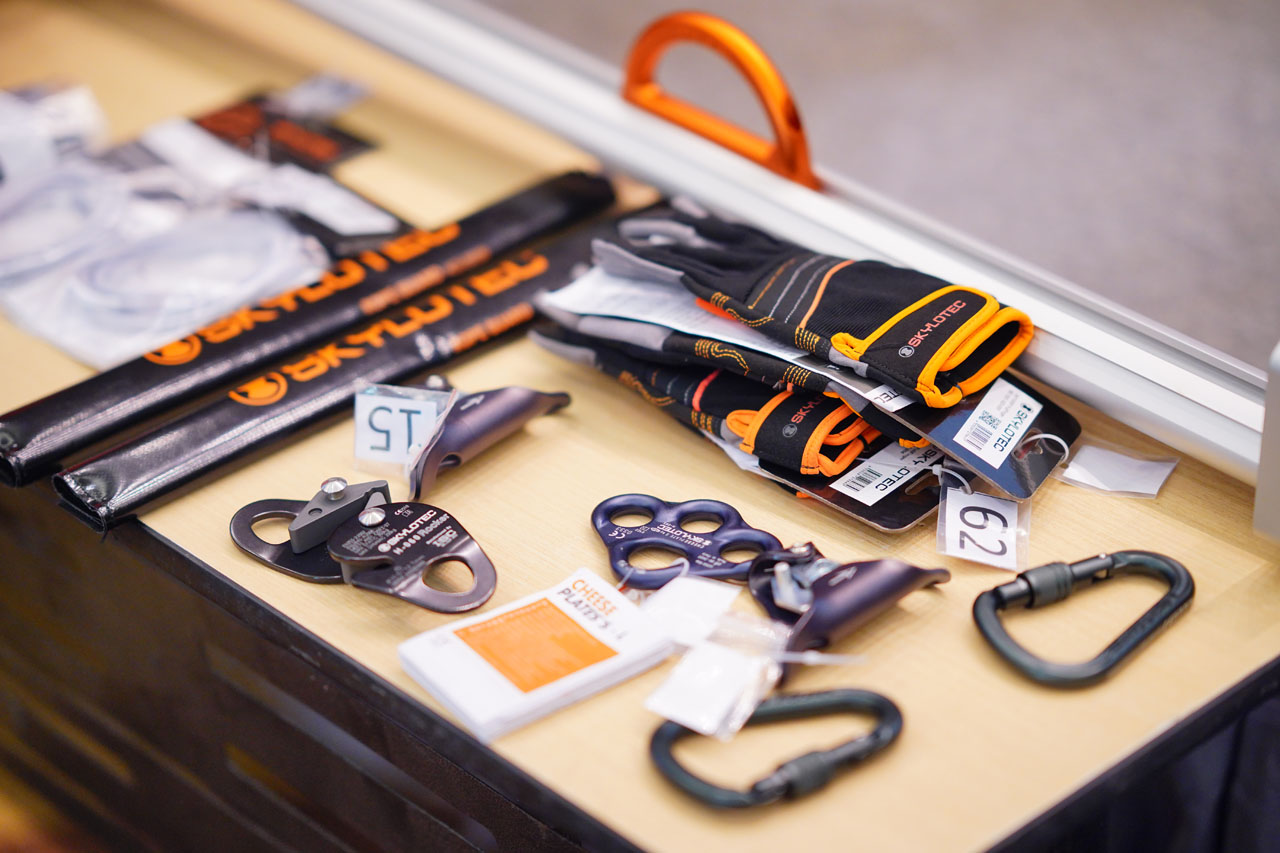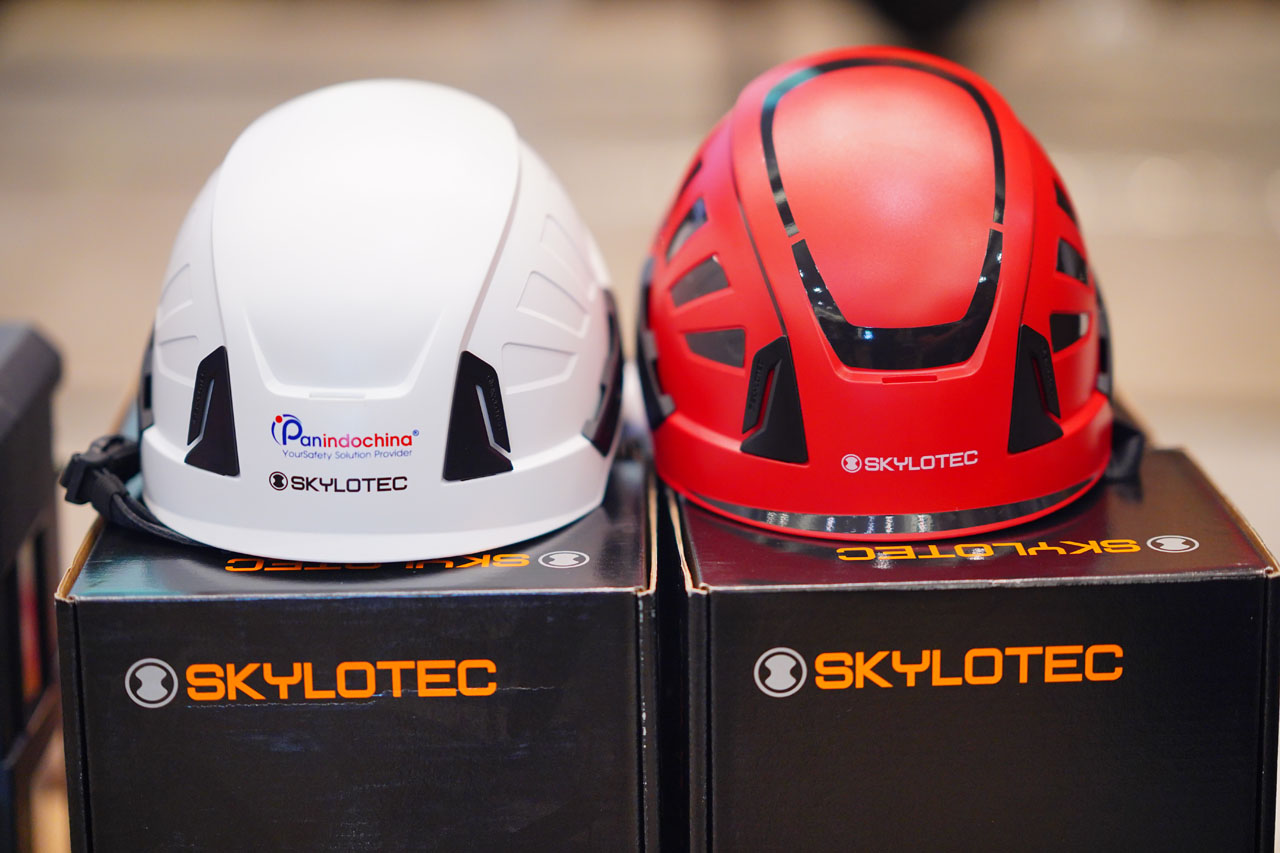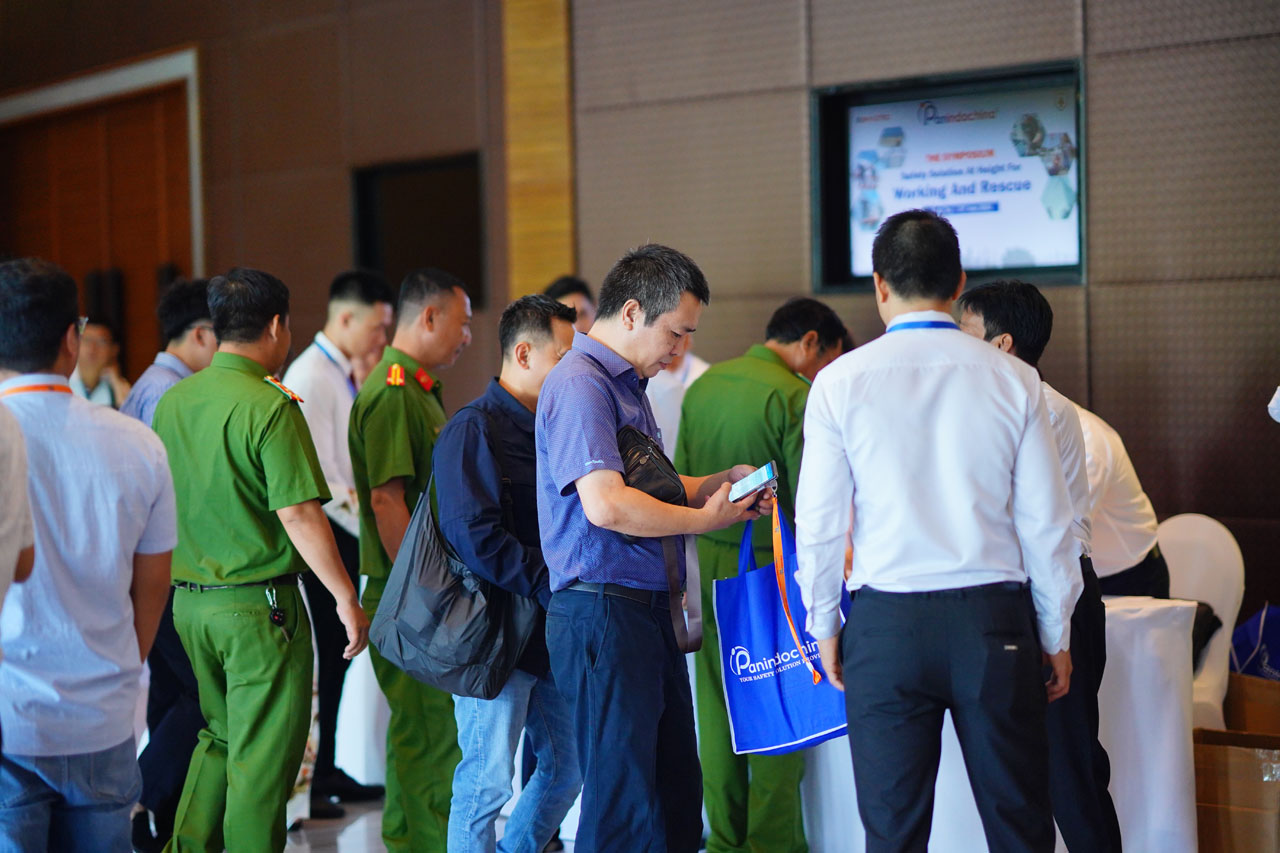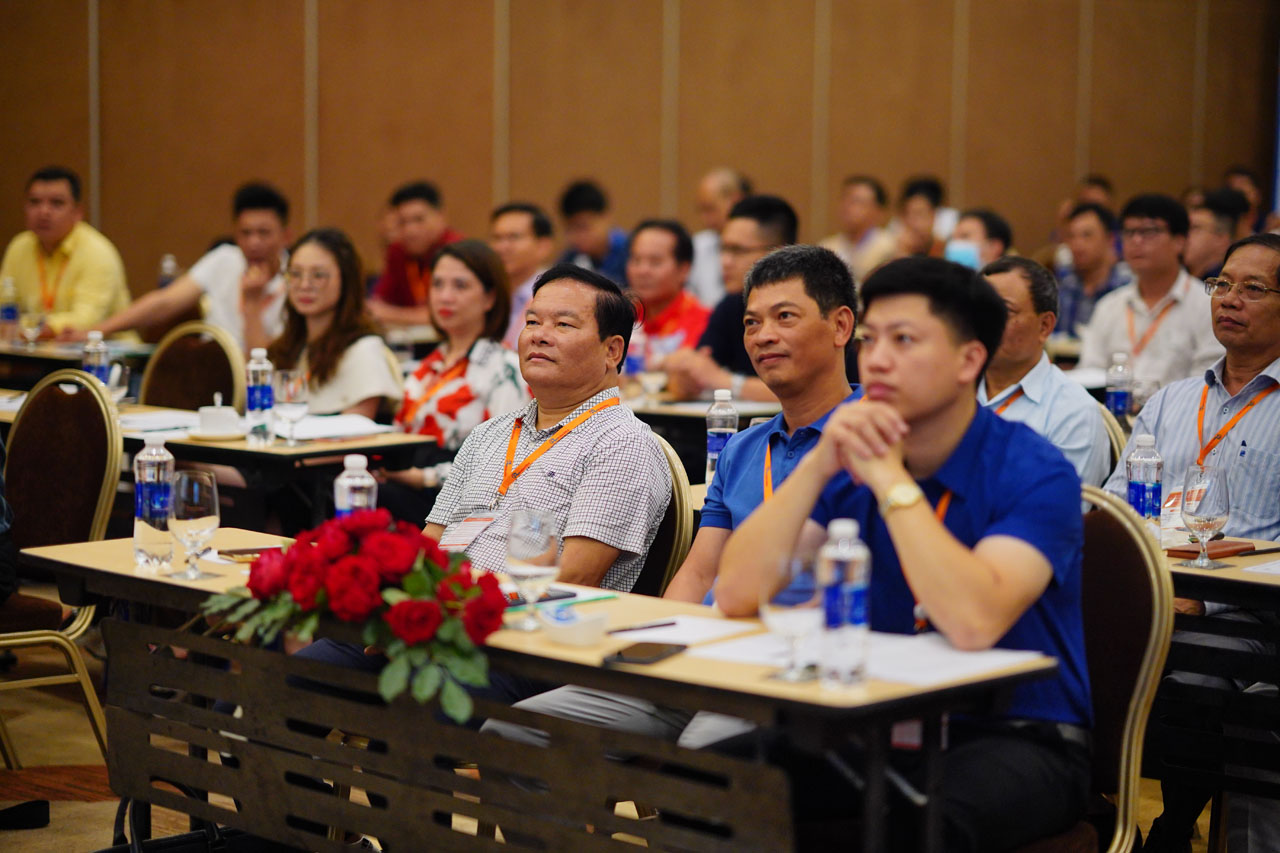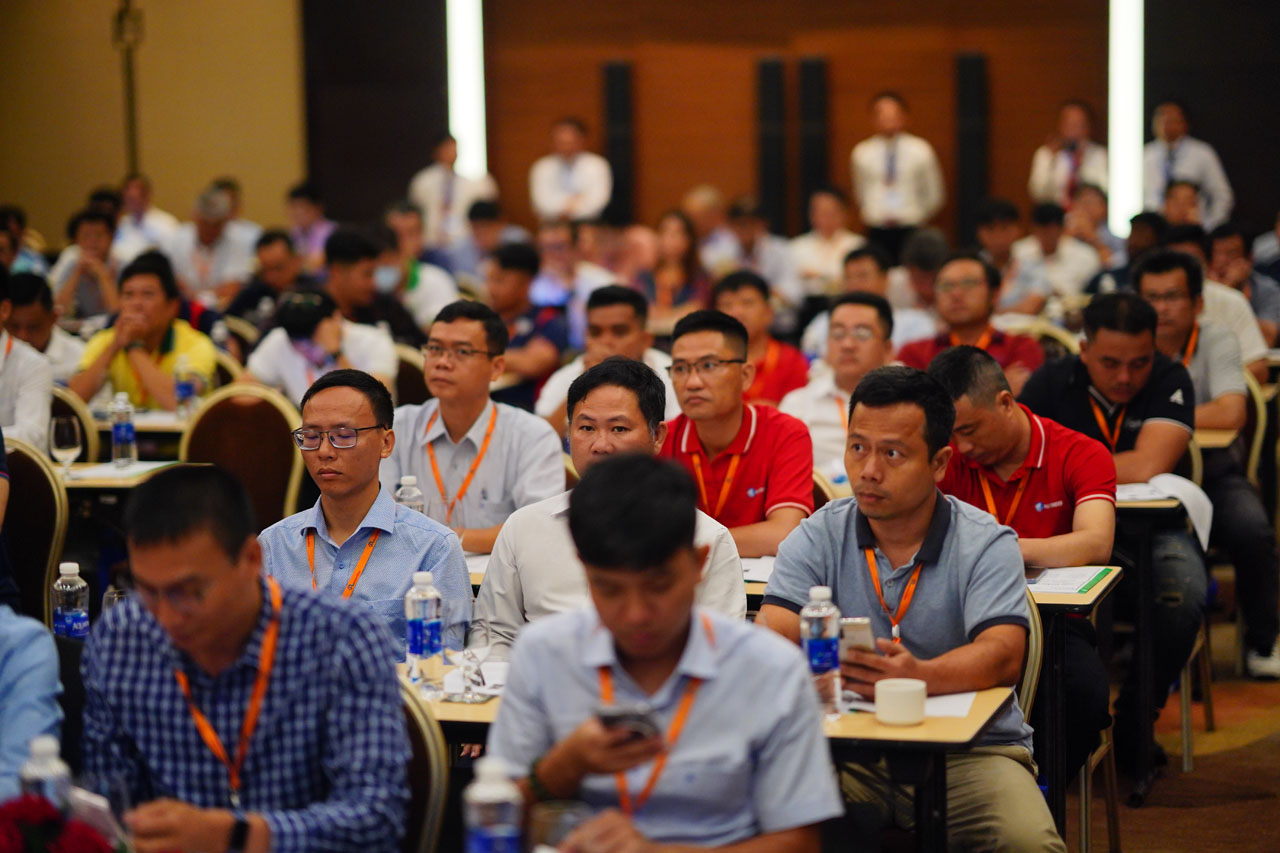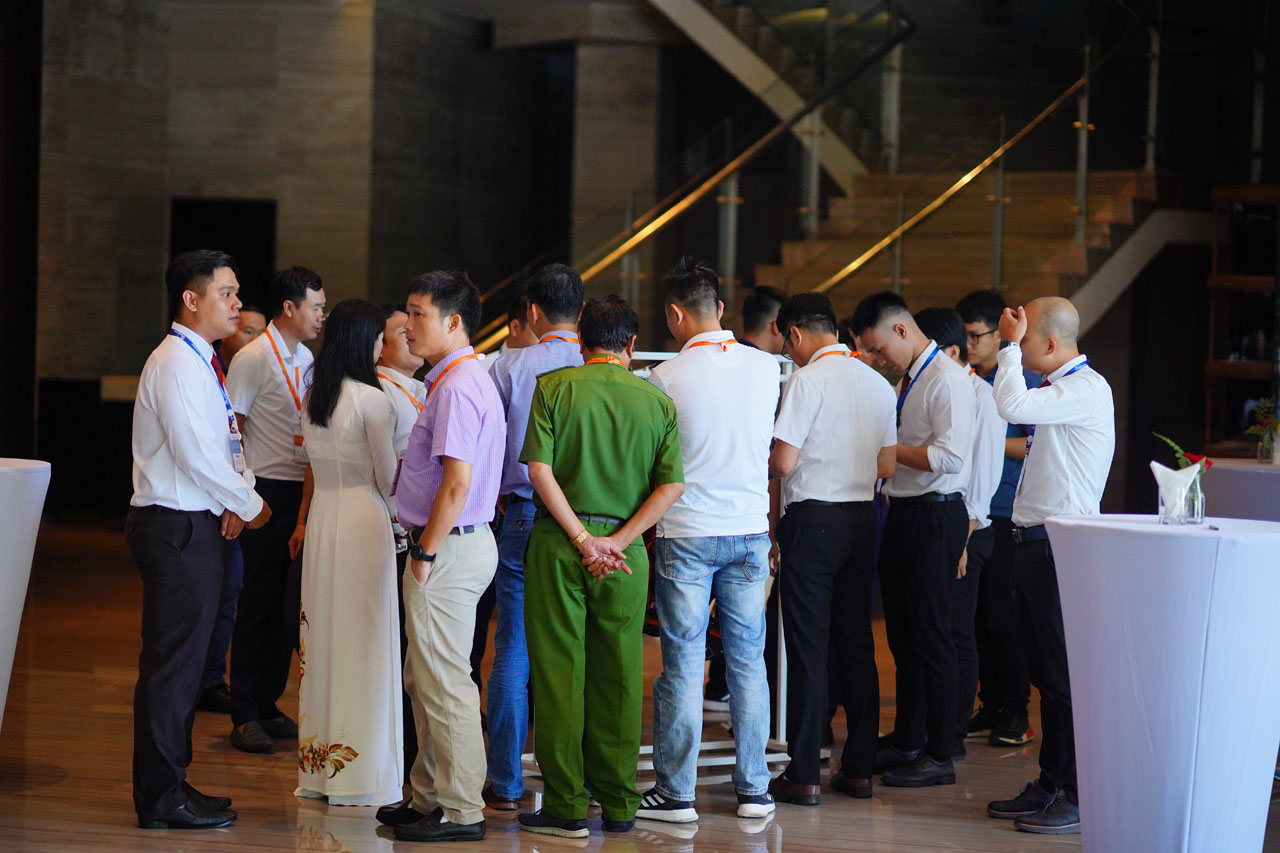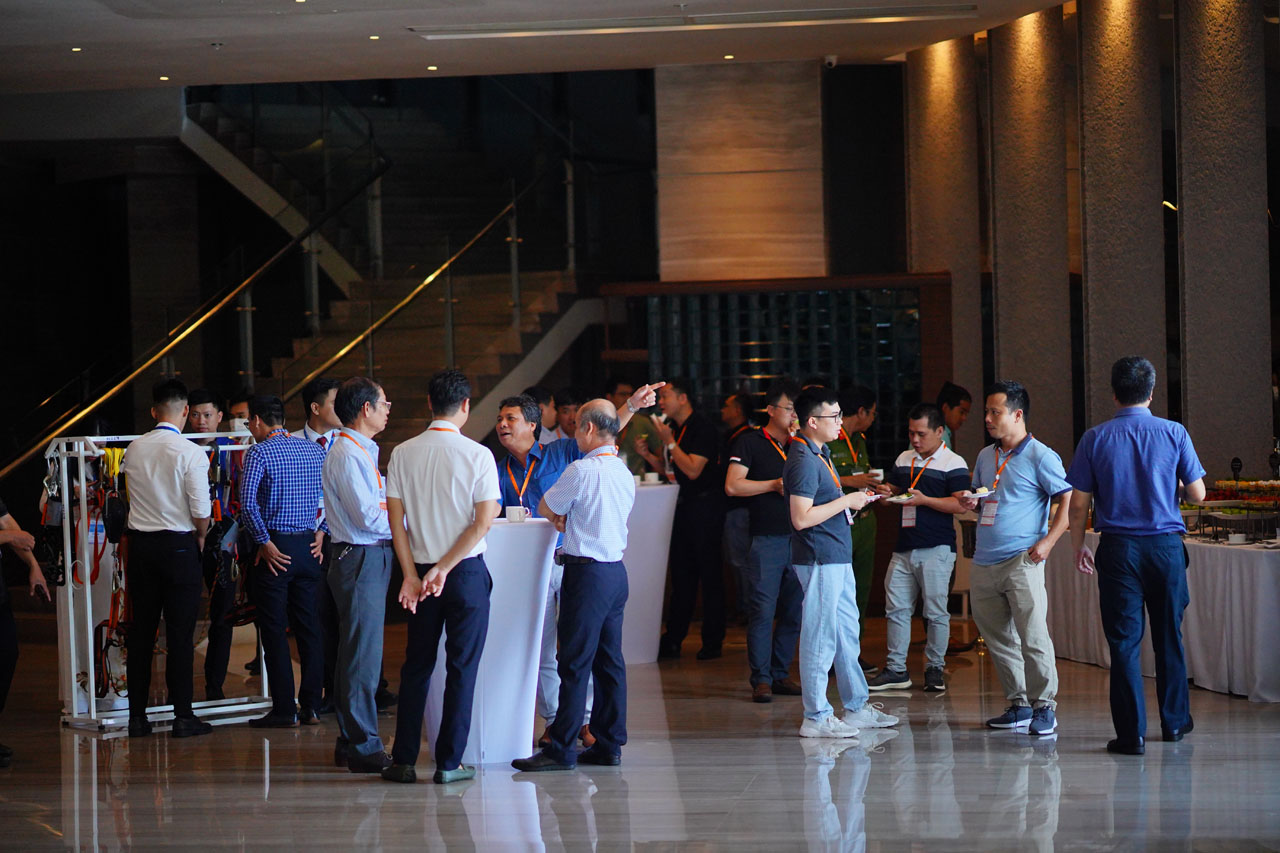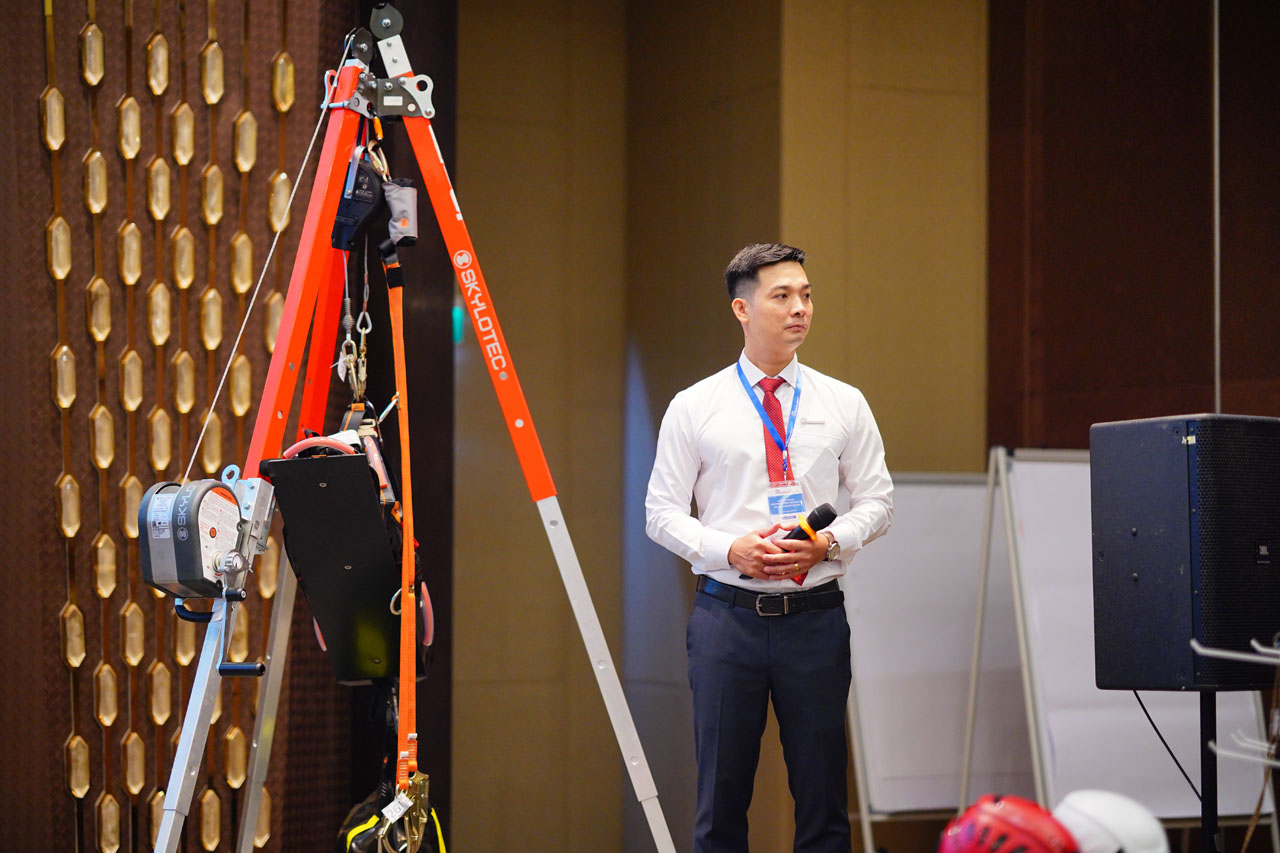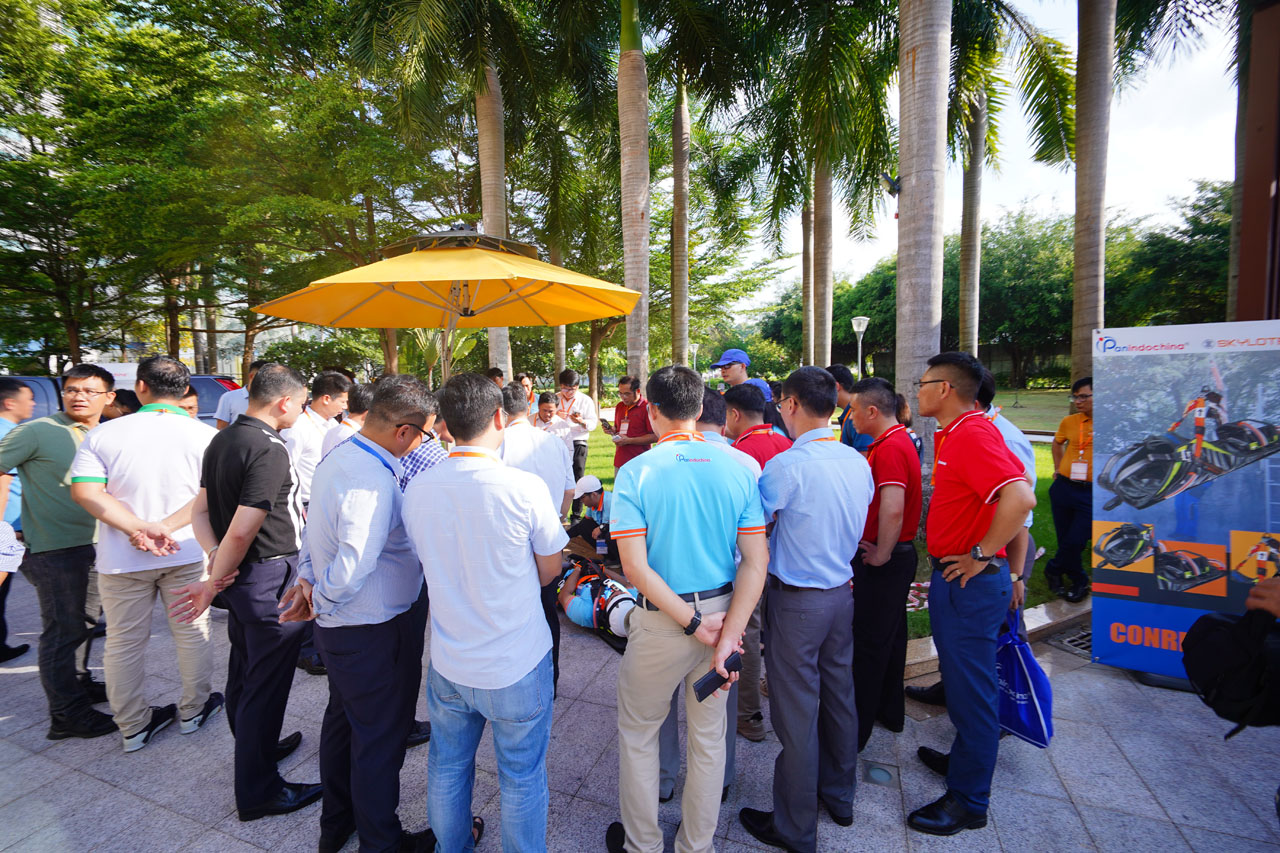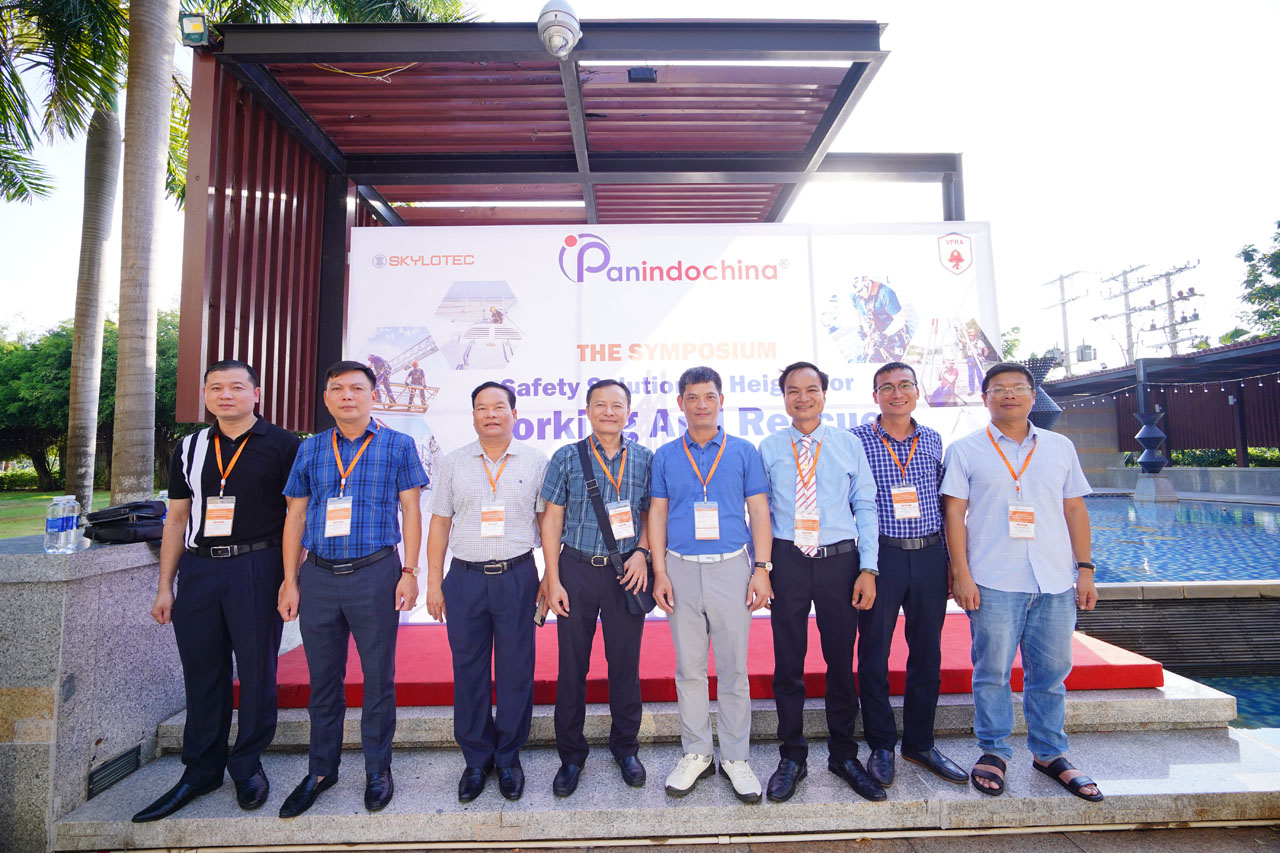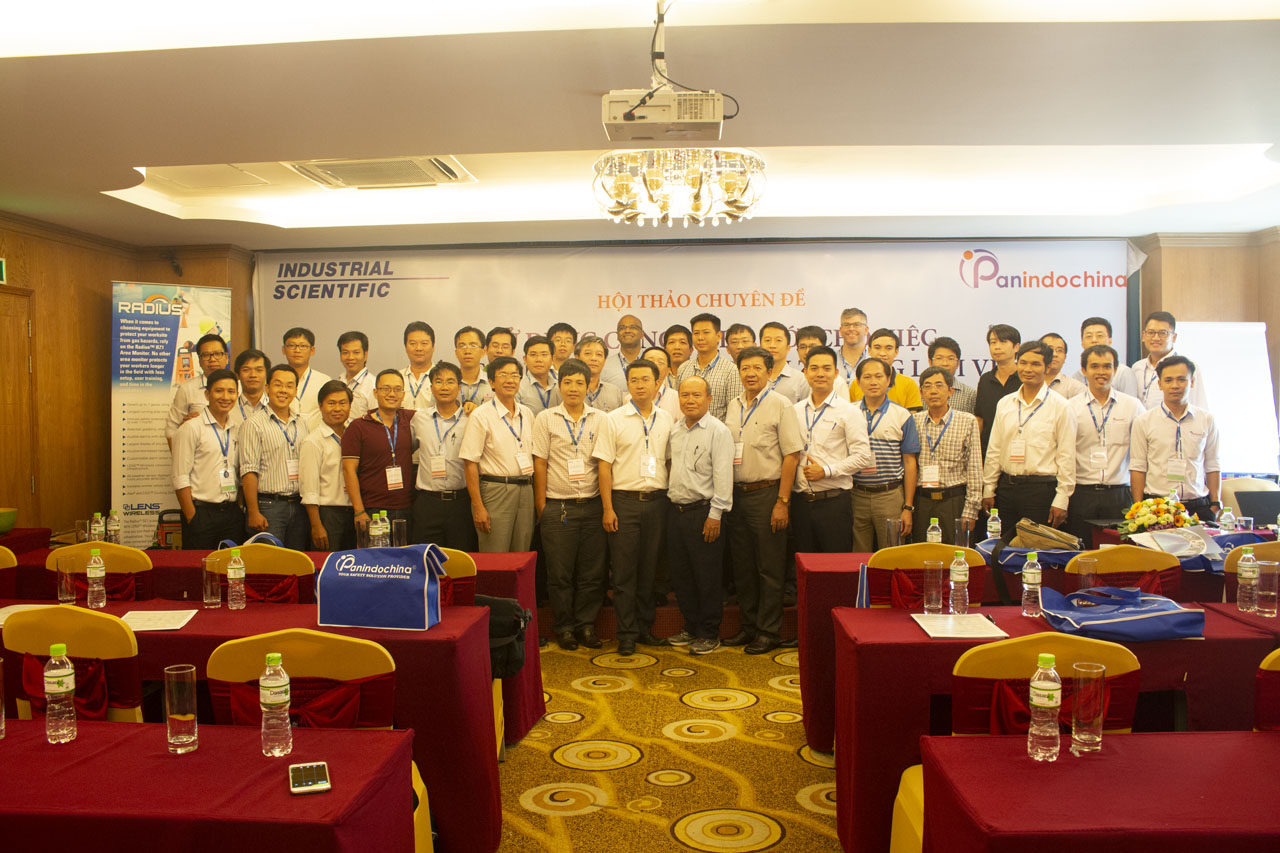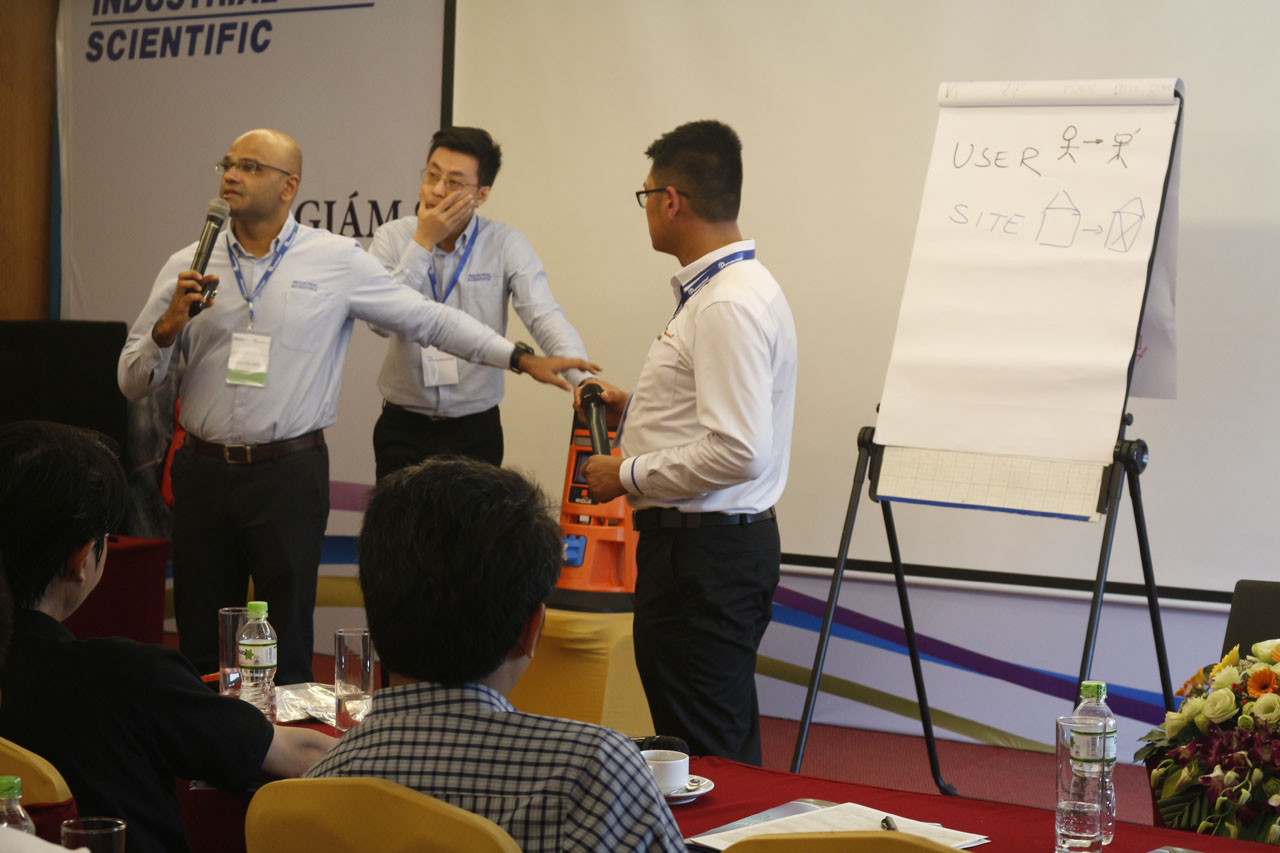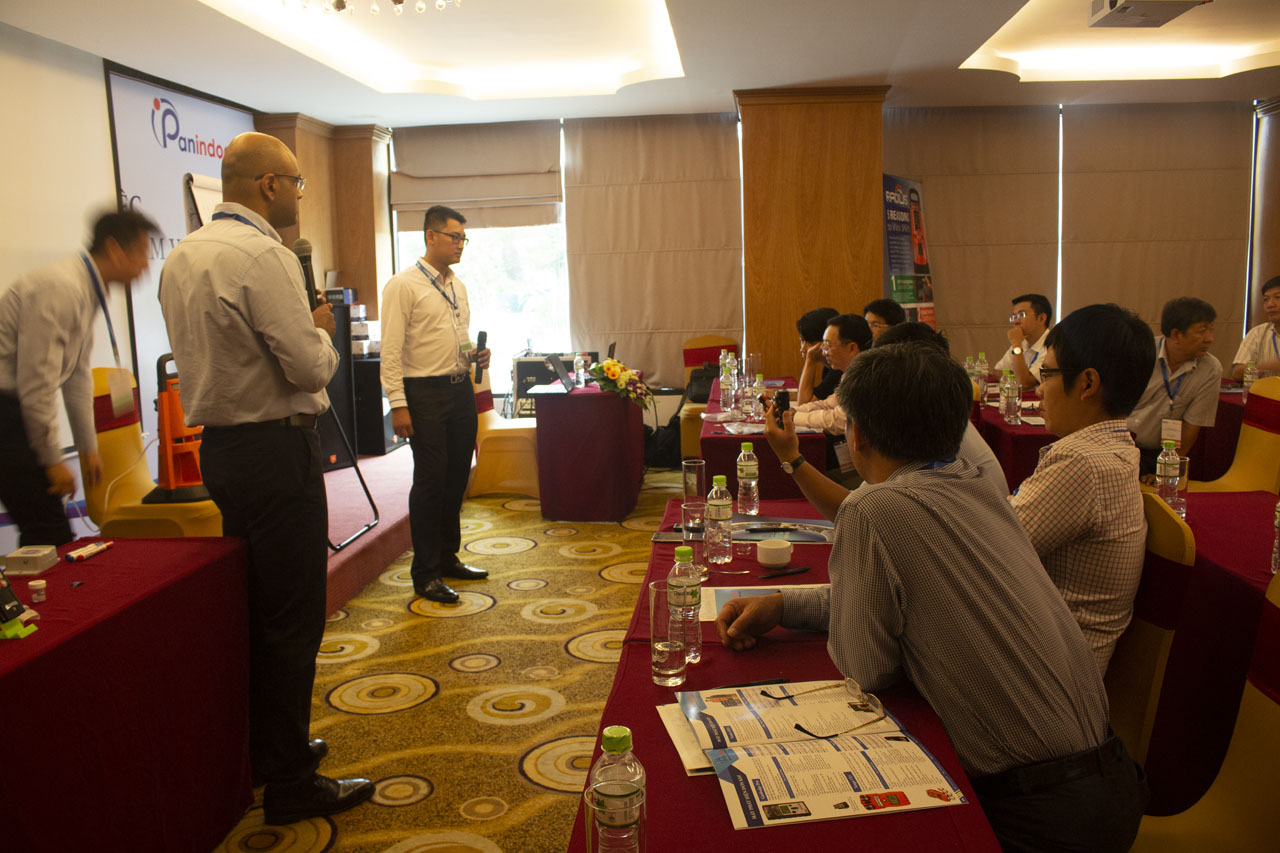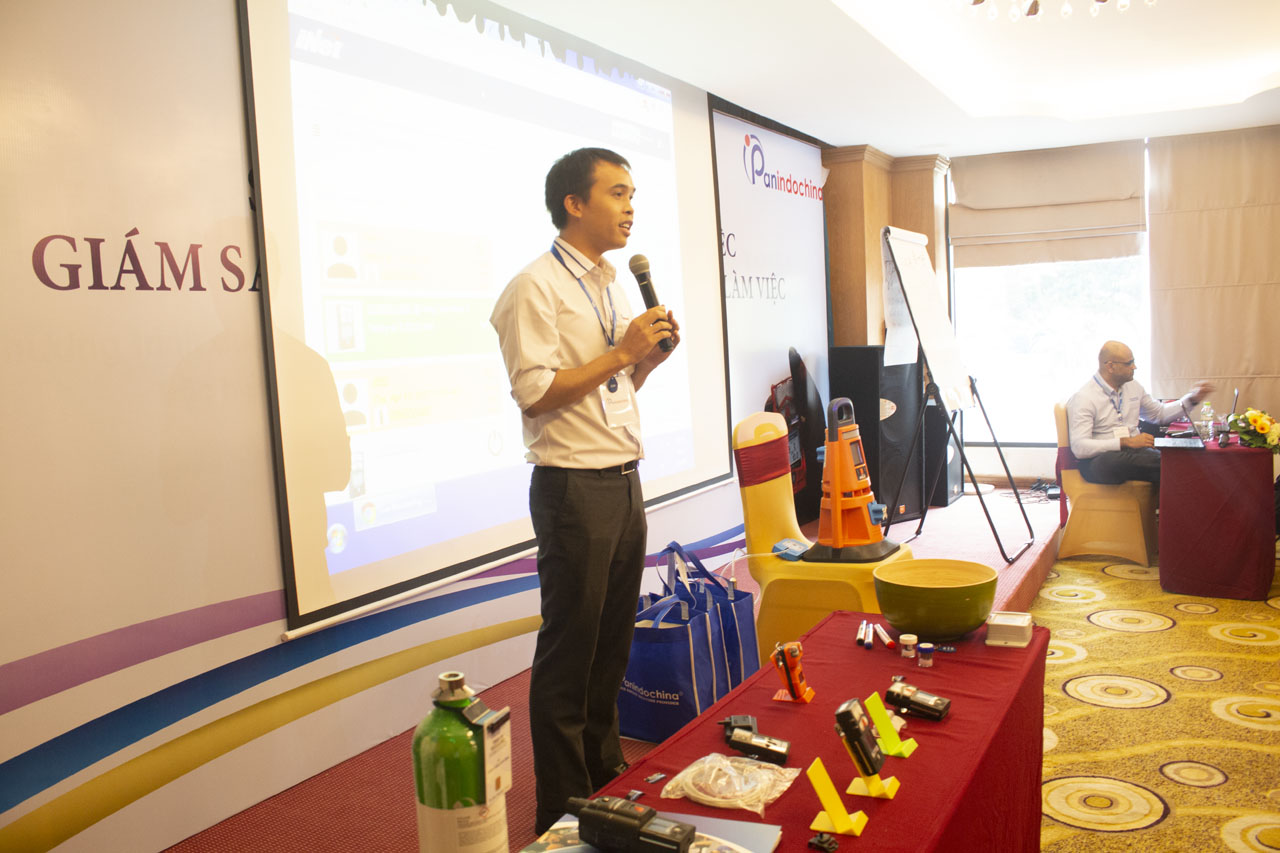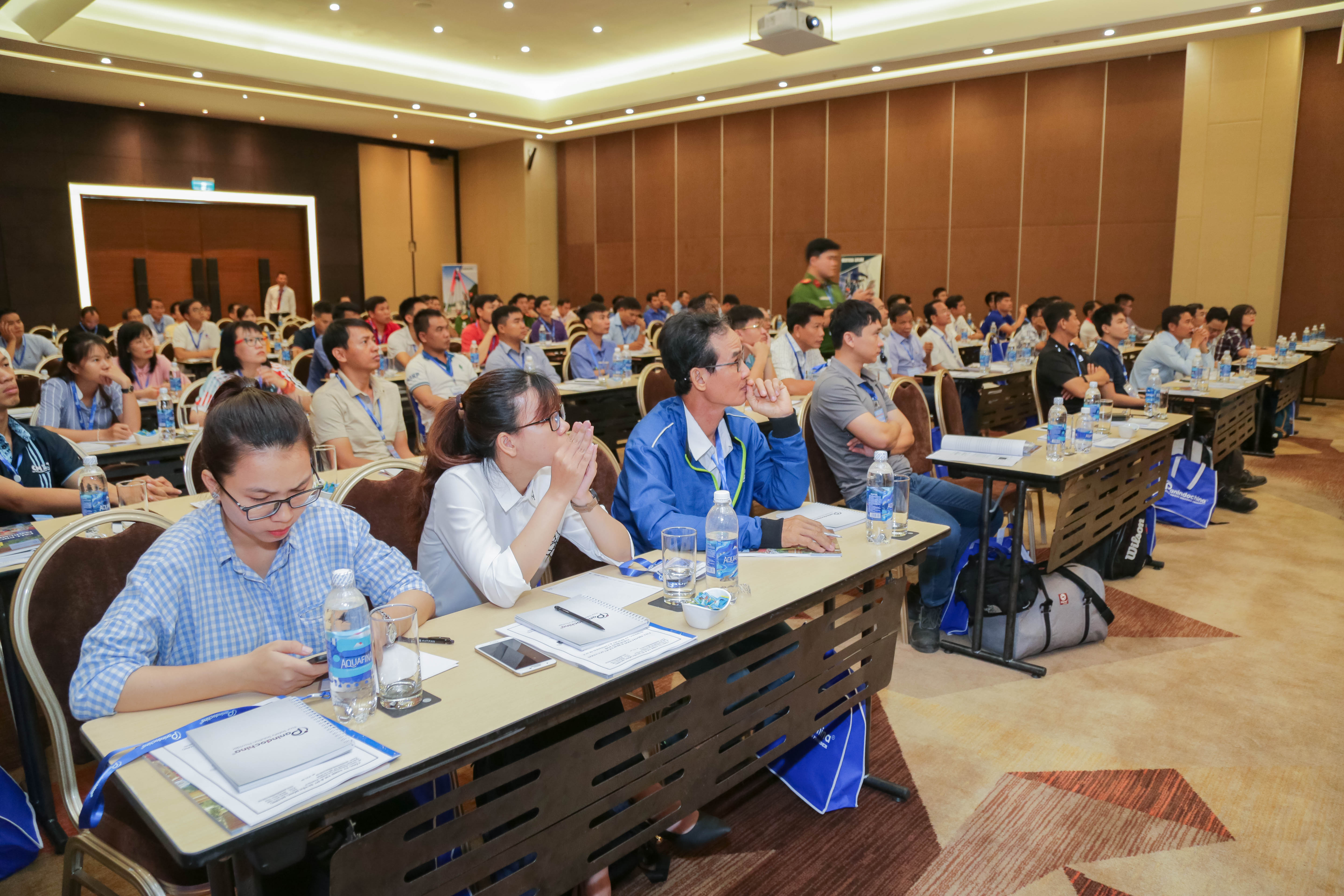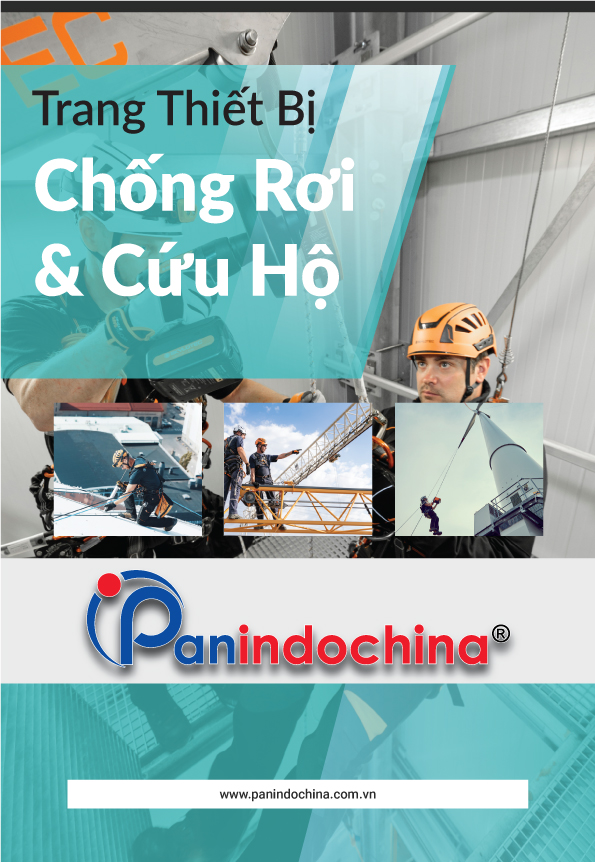Hỗ trợ khách hàng
Trở thành nhà cung cấp sản phẩm và dịch vụ được đánh giá cao trên thị trường sản xuất và nhà cung cấp dịch vụ, sử dụng các phương pháp quản lý tiến bộ và nhân viên có kỹ năng dựa trên kiến thức.
A gas search tool is available on the ION Science website.
If your chemical cannot be found when searched, please contact info@panindochina.com.vn and advise the chemical name, formula and (‘CAS No.’) to ensure no ambiguity in our recommendation.
Filter replacement should be carried out as part of regular instrument maintenance, or immediately if signs of contamination appear. Frequency of replacement is typically after 100 hours, however this may differ depending on application and environmental conditions.
For more information, please contact info@panindochina.com.vn
ION Science recommends that factory service and calibration is carried out every 12 months.
Please email: info@panindochina.com.vn for further information.
In between factory service and calibration, users should implement a regular maintenance regime.
Yes, for your Tiger XT, Tiger XT Select, Tiger XTL and the Cub and Cub TAC.
The instrument firmware can be upgraded via the PC software. Please refer to the instrument user manual for further details.
The MX6 iBrid can detect up to six gases simultaneously using a mix of Industrial Scientific’s best monitoring technologies.
The MX6 iBrid must be equipped with an SP6 Pump and photoionization detector (PID) to detect benzene gas.
The MX6 utilizes all field replaceable, plug-in sensors. The user can replace any sensor in the field and have the instrument in service after performing a simple field calibration.
Oxygen sensors in the MX6 iBrid will typically last two years. On average, toxic sensors will last 3-4 years and combustible sensors 4-5 years. There is no need to replace these sensors before they indicate a marginal or failed calibration in the MX6.
The catalytic bead combustible gas sensor in the MX6 iBrid requires a minimum of 10% oxygen to provide an accurate reading. In any situation in which the oxygen reading is less than 10%, the combustible gas reading must be considered to be in error. The MX6 can also utilize one of two infrared (IR) sensors to detect combustible gas to 100% LEL or methane to 100% of volume. The infrared sensors do not rely on oxygen and therefore function accurately in an oxygen-deficient atmosphere. It must be noted that the infrared sensors will not respond to hydrogen.
As a general rule, the MX6 iBrid with pump is rated to sustain a continuous sample draw for up to 100 feet with 0.125-inch inside diameter sample tubing. However, the pump will provide adequate flow at 0.5 liters per minute up to a vacuum pressure of approximately 30 inches of H2O. The length of the sample tube can exceed 100 feet as long as the vacuum pressure required to draw the sample does not exceed 30 inches of H2O.










